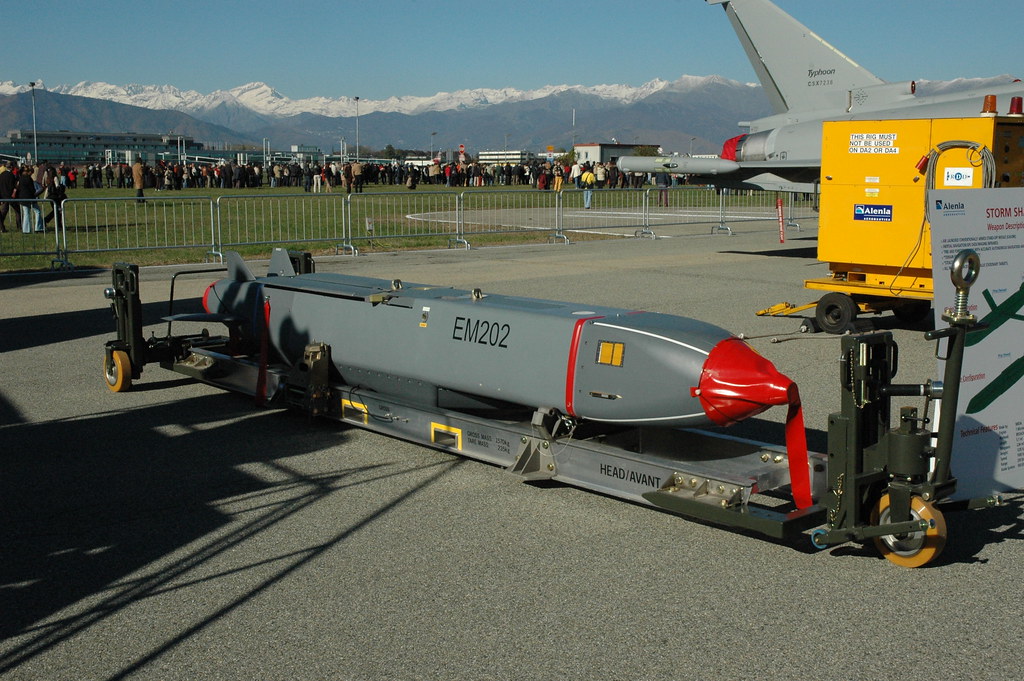
“Long-range precision can decide the fate of a war.” That principle is now playing out over Eastern Europe as Britain quietly delivers another batch of Storm Shadow cruise missiles to Ukraine amid intensifying Russian strikes and complex diplomatic maneuvering between Kyiv, Washington, and Moscow.
This latest resupply is more than a logistical act it is a calculated signal. As winter approaches, the UK is reinforcing Ukraine’s ability to hit deep inside Russian territory, even as U.S. policy hesitates over supplying Tomahawk missiles. The Storm Shadow, already proven in combat against hardened Russian infrastructure, is now central to Kyiv’s long-range strike doctrine.
The following nine developments outline the strategic, technical, and geopolitical dimensions of Britain’s decision and how the calculus of the battlefield tilts in favor of Ukraine.
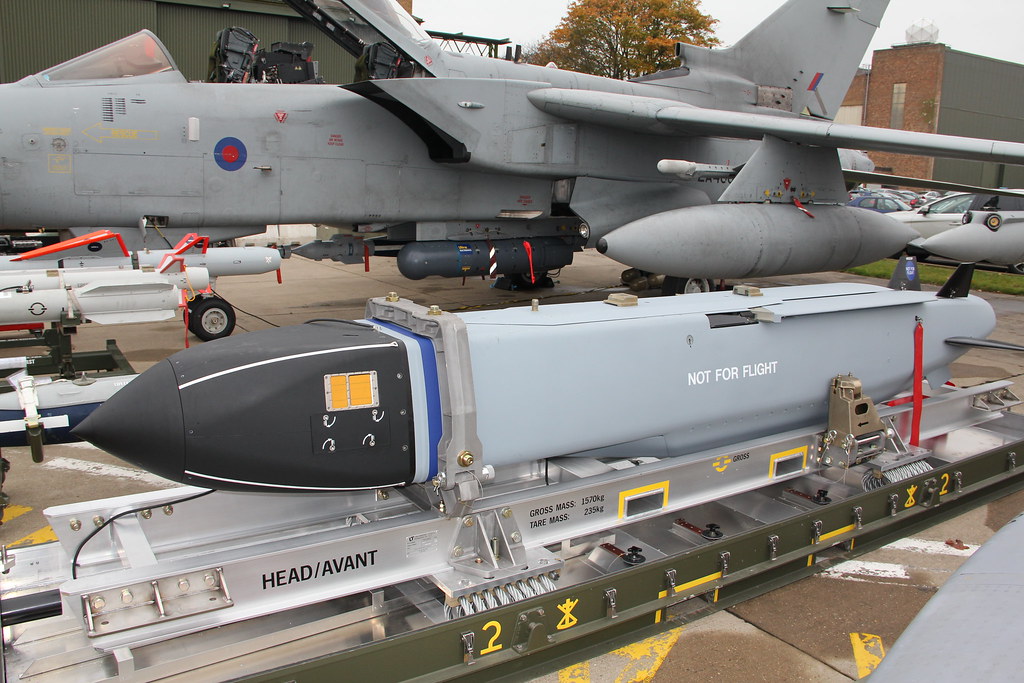
1. Winter Stockpile Strategy
British officials moved in to replenish Ukraine’s Storm Shadow inventory ahead of the winter months that are expected to be filled with increased Russian missile and drone strikes against civilian infrastructure. The exact number is operationally secret, but the timing reveals London’s desire to keep up Ukraine’s strike tempo as weather and energy shortages begin to bear down on Kyiv.
The preemptive resupply reflects a broader Western strategy to outlast Russia’s war economy as sanctions bite into Moscow’s oil revenues, maintaining Ukraine’s long-range capability becomes a tool not only of defense but also of economic warfare.
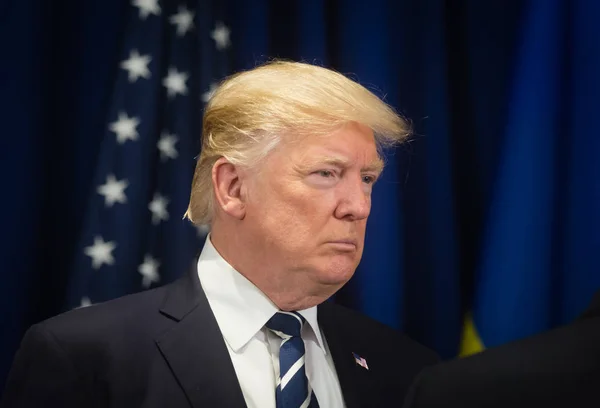
2. Proven Combat Performance
Storm Shadows have already proven capable of piercing Russian air defenses. In October, Ukrainian forces employed them in an attack destroying the Bryansk Chemical Plant, which produced components including gunpowder, explosives, and rocket fuel components. The Ukrainian General Staff described it as “a massive combined missile and air strike which successfully penetrated the Russian air defense system,” in a statement on Telegram.
Such strikes target the critical nodes in Russia’s military-industrial chain, degrading its capacity to sustain front-line operations. The Bryansk attack marked the first confirmed Storm Shadow use inside Russia since Donald Trump returned to the White House.

3. Advanced Guidance and Stealth
The lethality of the Storm Shadow comes from its combined triple navigation system consisting of GPS, inertial navigation, and terrain-reference guidance with an imaging infrared seeker and automatic target recognition. Flying low and fast at high subsonic speed avoids radar detection while delivering a 400 kg “Broach” tandem warhead capable of penetrating hardened bunkers.
Its design incorporates radar-absorbing materials, retractable fins, and a streamlined body that minimize the possibility of its detection. It is an extremely effective weapon against well-defended, high-value targets.

4. UK–France Joint Development Legacy
Initially developed in France as the SCALP EG, MBDA converted the missile for the UK as Storm Shadow in the late 1990s. Both variants are almost similar but differ mainly in aircraft interface and software. The weapon has seen combat in Iraq, Libya, and Syria, further reinforcing its reputation for precision and survivability.
Variants exported to the UAE, such as the Black Shaheen, had reduced range to comply with Missile Technology Control Regime limits, while naval versions extended reach to over 1,000 km.
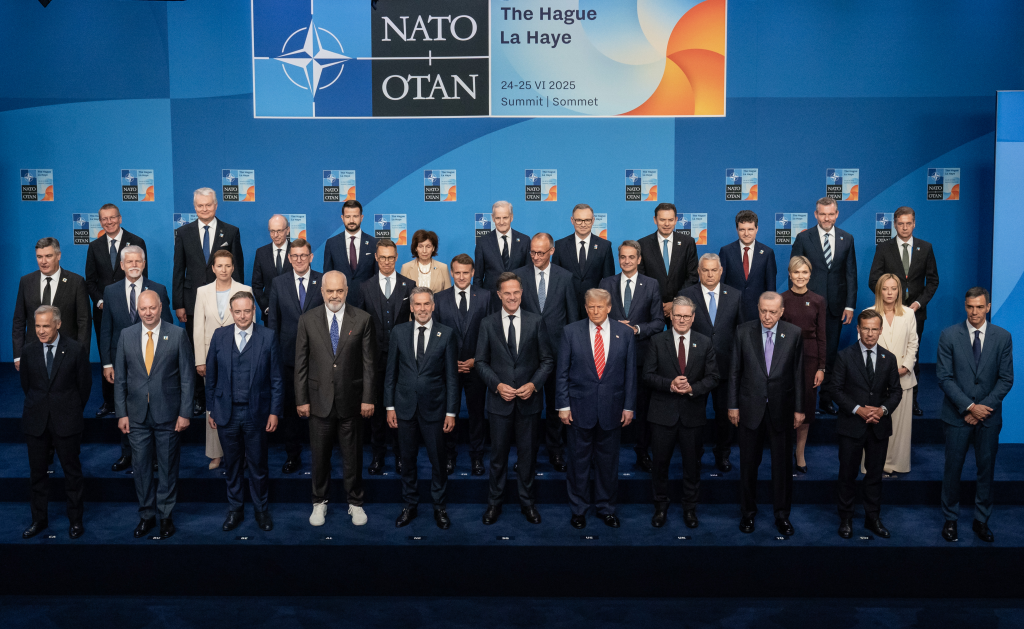
5. U.S. Intelligence Support
Although British-made, the Storm Shadows depend on U.S. targeting data for full capability. Washington’s quiet policy shift allowed Ukraine to use American intelligence for strikes inside Russia, transferring approval authority from the Pentagon’s War Secretary to NATO’s top commander in Europe.
Although unannounced, this change effectively increased Ukraine’s freedom of operation to strike targets deeper inside enemy territory.
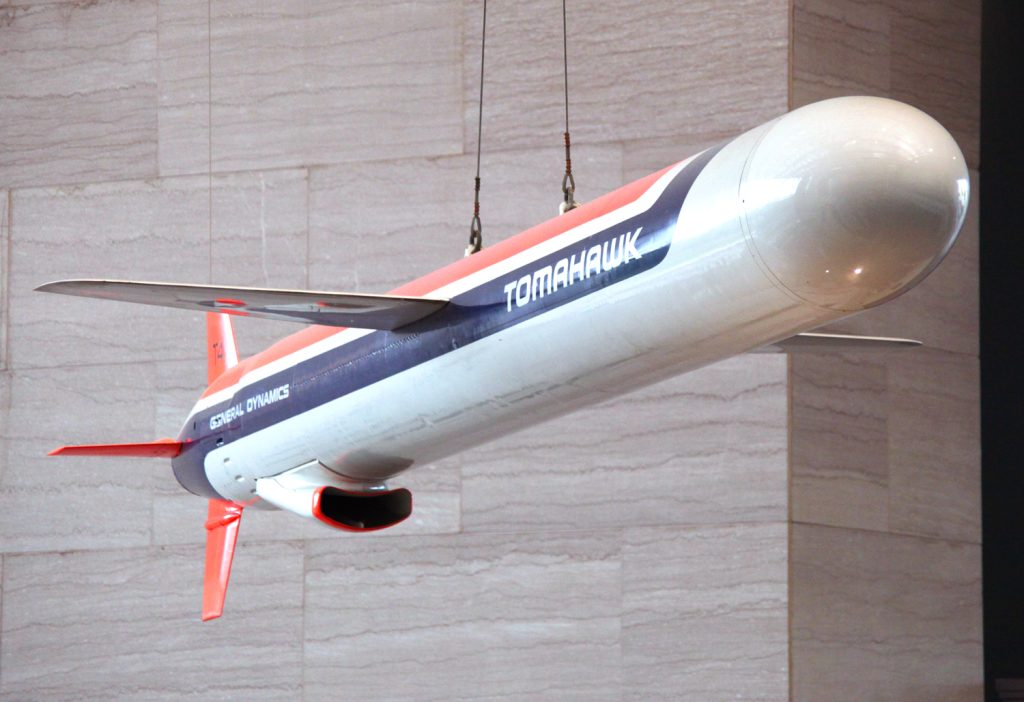
6. Tomahawk Debate and U.S. Hesitation
Ukraine has long been asking for U.S.-made Tomahawk missiles, capable of reaching 1,000–1,600 miles, far beyond Storm Shadow’s maximum 350 miles. President Trump once floated the idea but ultimately withheld approval, citing stockpile concerns and risks of escalation.
It’s a hesitation that’s pushed Kyiv to maximize Storm Shadow use, while exploring other Western options like the Taurus missile of Germany – which Berlin has so far refused to supply.
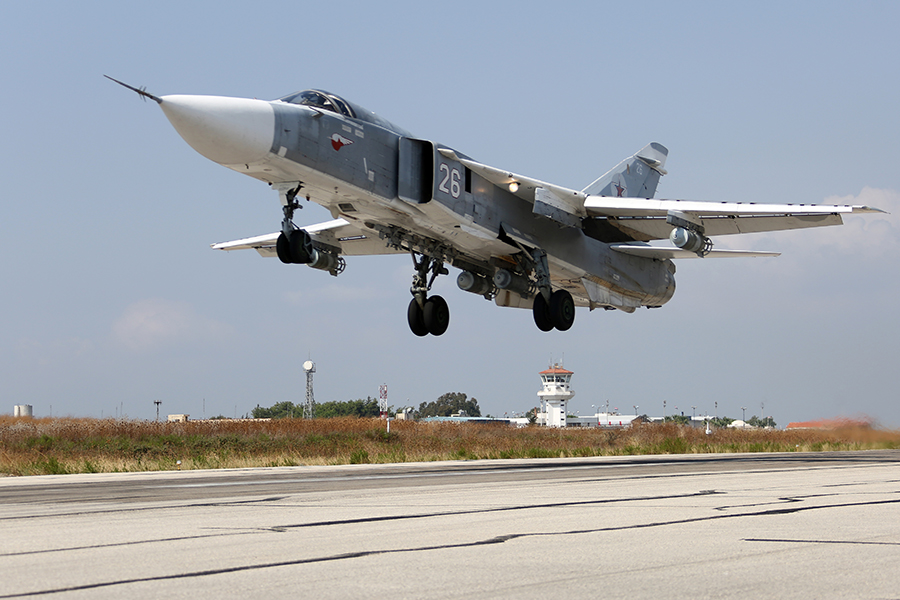
7. Integration with Ukrainian Aircraft
Ukraine launches Storm Shadows from modified Soviet-era fighter jets, adapting older platforms to carry modern Western munitions. The integration allows strikes without relying on NATO aircraft, preserving operational sovereignty.
A mix of legacy airframes and cutting-edge missiles epitomizes Ukraine’s hybrid approach to modern warfare-leveraging available assets and absorbing advanced technology.
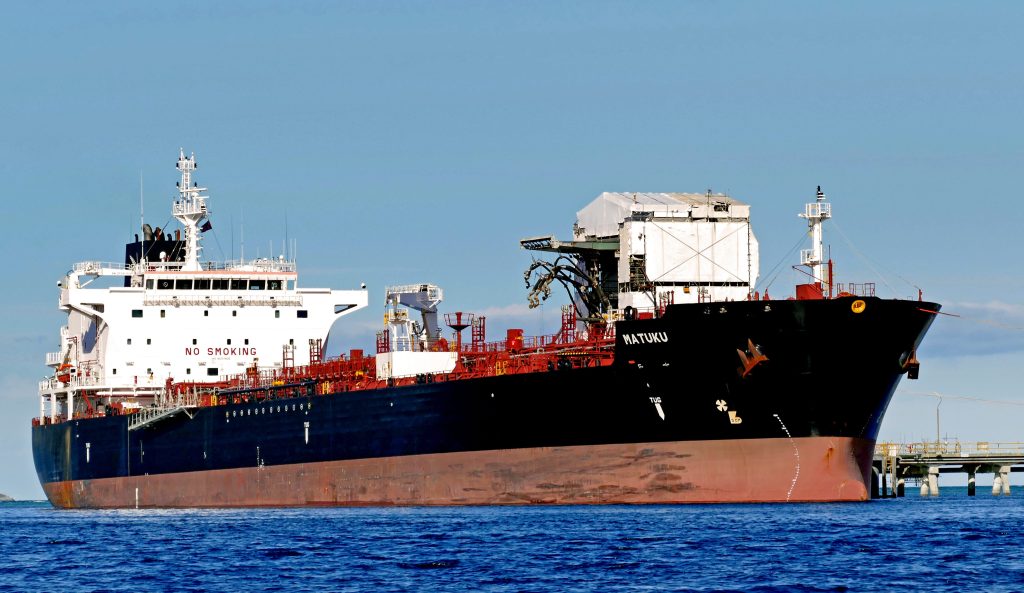
8. Sanctions as a Force Multiplier
The replenishment of missiles for the UK coincides with the sweeping sanctions imposed on Russia’s energy sector. London has targeted, in its latest package, Rosneft and Lukoil, shadow fleet tankers, and oil terminals in China, with the aim of blocking revenue streams funding Moscow’s war.
By combining economic pressure with increased Ukrainian strike capability, Britain is pursuing a two-track strategy of weakening Russia both on the battlefield and in its balance sheets.

9. Russian Military-Industrial Strain
Analysts point out that sanctions and continued strikes are degrading Russia’s capacity to produce sophisticated systems. As such, according to Mathieu Boulègue of Chatham House, Moscow “relies on Soviet-era legacy systems” and suffers “innovation stagnation” in military R&D. Storm Shadow attacks on key production sites accelerate this decline, forcing Russia to accept reduced quality outputs and complicating its long-term military competitiveness.
Britain’s renewed supply of Storm Shadow missiles to Ukraine is more than an arms transfer it is a strategic reinforcement at a pivotal moment. Added to economic sanctions and the evolving U.S. intelligence support, these weapons give Kyiv the means to disrupt Russia’s war machine deep inside its territory. As winter approaches, the interplay of precision strike capability and economic pressure may prove decisive in shaping the next phase of the conflict.


